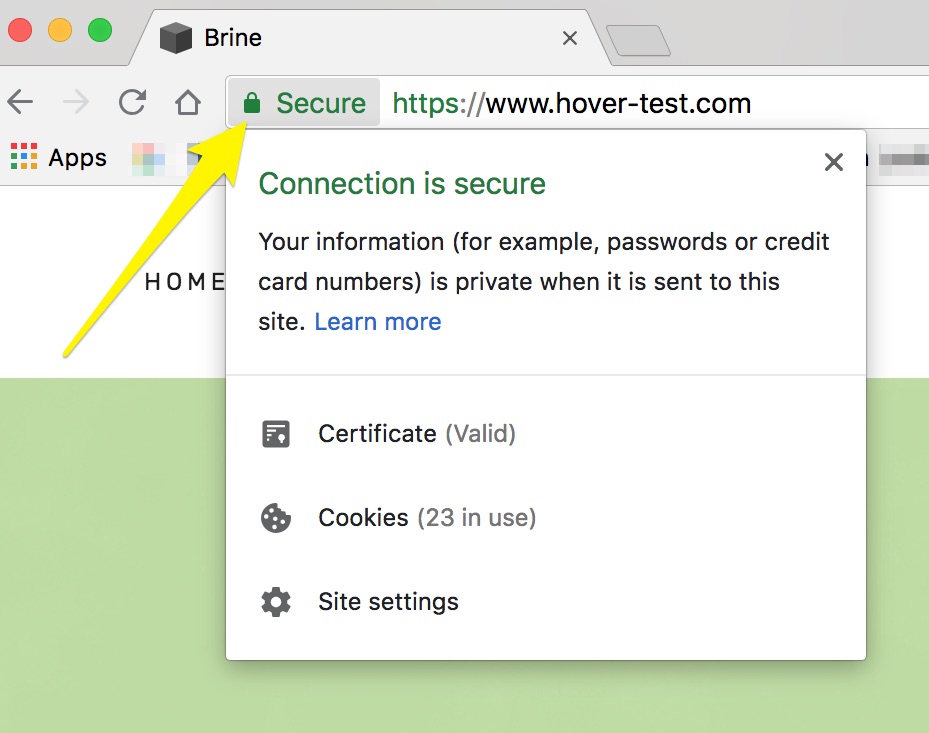
Understanding SSL Security: A Complete Guide to Digital Certificates
SSL certificates are automatically provided for all correctly directed domains on Squarespace, offering enhanced security and protection against hackers. This includes Squarespace domains, linked third-party domains, subdomains, and integrated domains.
SSL Certificate Requirements:
- Domain must be correctly linked or pointing to Squarespace
- Domain names must be 63 characters or less
- DNS records must be properly configured
Checking SSL Status:
- Check domain panel for "Issued" status
- Verify "Active" status in SSL panel
- Visit your site to confirm SSL certificate
SSL Settings Options:
Secure (Recommended)
- Redirects all traffic to HTTPS
- Includes HTTPS in sitemap
- Improves SEO through HTTPS indexing
- Requires SSL-compatible browsers
Secure HSTS
- Maintains encrypted connections
- Prevents security attacks
- Recommended alongside Secure setting
- Helps avoid "connection not private" errors
Not Secure
- Allows both HTTP and HTTPS access
- Includes HTTP in sitemap
- Search engines index HTTP version
- May cause access issues if changed from HSTS

Address bar with a padlock
Technical Specifications:
- Uses Let's Encrypt for DV SSL certificates
- 2048-bit SSL encryption (except checkout)
- TLS version 1.2 for HTTPS connections
- 90-day certificate renewal cycle
- No support for HPKP
- No CSR required
Benefits of SSL:
- Enhanced visitor confidence
- Protection of sensitive data
- Potential performance improvements
- SEO advantages
Important Notes:
- Checkout pages always use SSL regardless of settings
- Custom code may cause mixed content warnings
- External SSL providers are not supported
- Subdomains receive separate certificates
- Account login details remain encrypted regardless of SSL settings
For any SSL-related issues, check DNS records and follow troubleshooting steps if warnings persist beyond 72 hours after configuration changes.
Related Articles

Why Domain Changes Take Up to 48 Hours to Propagate Worldwide

